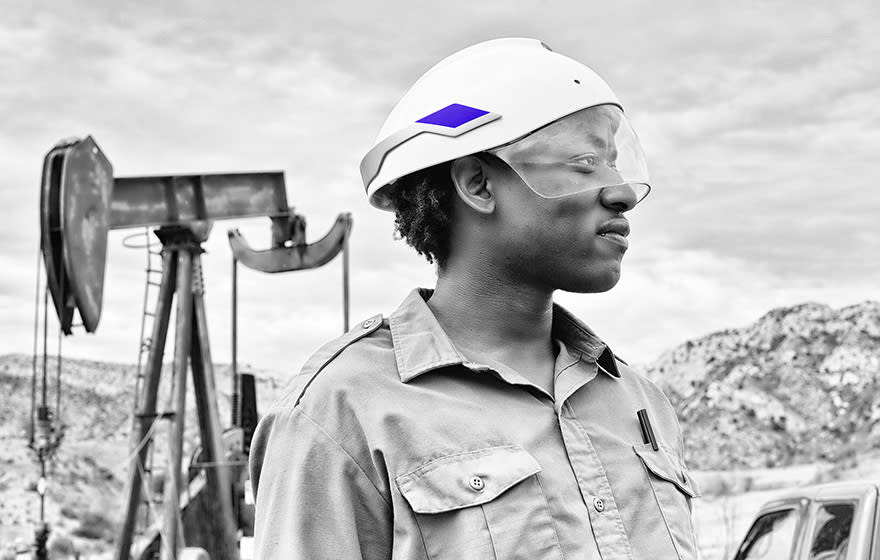The Daqri smart helmet will revolutionise the working world – including construction, engineering and manufacturing – with its integrated sensor and imaging technology, according to the company, whose co-founder and international managing director is Gaia Dempsey (above).
In May, Los Angeles-based Daqri opened a European HQ in Dublin to target the European market, and says that “early adopter” companies in the construction and engineering fields are already trialling prototype versions of the augmented reality helmet.
The Daqri helmet integrates four cameras – two mounted to the front and two to the rear – to create a 360-degree array, recording images of the wearer’s environment to colleagues watching elsewhere and in future offering live streaming.
There is also a thermal camera that allows users to tell simply by looking, for example, if a tool is too hot to touch. A laser-based 3D depth sensing camera can be used to capture images through smoke or in unlit conditions.
The helmet can also project images from the side onto the bottom of the glass visor panel, showing additional information overlays in front of the wearer, such as temperature ranges from the thermal camera. This feature could also project images from a BIM model.
Alternatively, if used in conjunction with an augmented reality target or marker, the helmet can create a location-specific augmented reality overview. For instance, a maintenance engineer could view a schematic of a piece of equipment and be given instructions on how to fix it.

The Daqri helmet integrates four cameras to create a 360-degree array
Its battery is engineered to last for a 12-hour shift, or it can be used continuously with additional battery packs.
A spokeswoman for the company told BIM+ that, with the device’s AR and sensing capabilities, “construction firms can provide intuitive work instructions to the on-the-ground workforce. Workers will understand processes quicker, spend less time on each step, and make fewer errors.”
She noted that the headset was an entirely different proposition from the “virtual reality” Oculus Rift headset, saying “the visor is clear, your vision is real-time until the AR kicks in. It’s going to transform the way we work.”
Asked to describe construction sites of the future, Daqri said: “In 10 years, augmented reality will be the human-machine interface providing real-time 3D asset visualisation, work instructions, safety notifications and biometrics on construction sites all over the world.
“The full production pipeline from design to build will be connected digitally: workers, tools, equipment, BIM models, vehicles, and the site itself will all be accessible, editable and interactive via an augmented reality interface that’s connected to onsite sensors as well as cloud databases.
“You won’t lose things anymore. You won’t wonder what the next step is because your system will keep you on target. The work will be safer. The key data you need to make decisions will be delivered to you via smart algorithms. It’s the concept of the ‘Internet of Things’ applied to AEC, and augmented reality is the interface.”
A Daqri “Hackathon” event last month included a presentation from Paul Davies, an associate technical fellow at Boeing, who discussed how the company was trialling AR wearables such as the Daqri and the industrial Internet of Things.
Quoting from the Boeing presentation, the spokeswoman said that Davies reported a 94% decrease in errors, and a 30% increase in efficiency of time, in a trial where workers used the headset.
The company had opened an office in Ireland to be close to the growing market for this technology in Europe. “Having strong interest from European customers in aerospace, energy, manufacturing and AEC sectors, including some based in Ireland, it made clear business sense to be based in Dublin,” the spokeswoman said.
Construction companies interested in trialling a prototype version of the Daqri smart helmet can contact the company via its website.
The full production pipeline from design to build will be connected digitally: workers, tools, equipment, BIM models, vehicles, and the site itself will all be accessible, editable and interactive via an augmented reality interface that’s connected to onsite sensors as well as cloud databases.– Spokeswoman, Daqri
Comments
Comments are closed.












Does this smart helmet use internet or cloud technology?